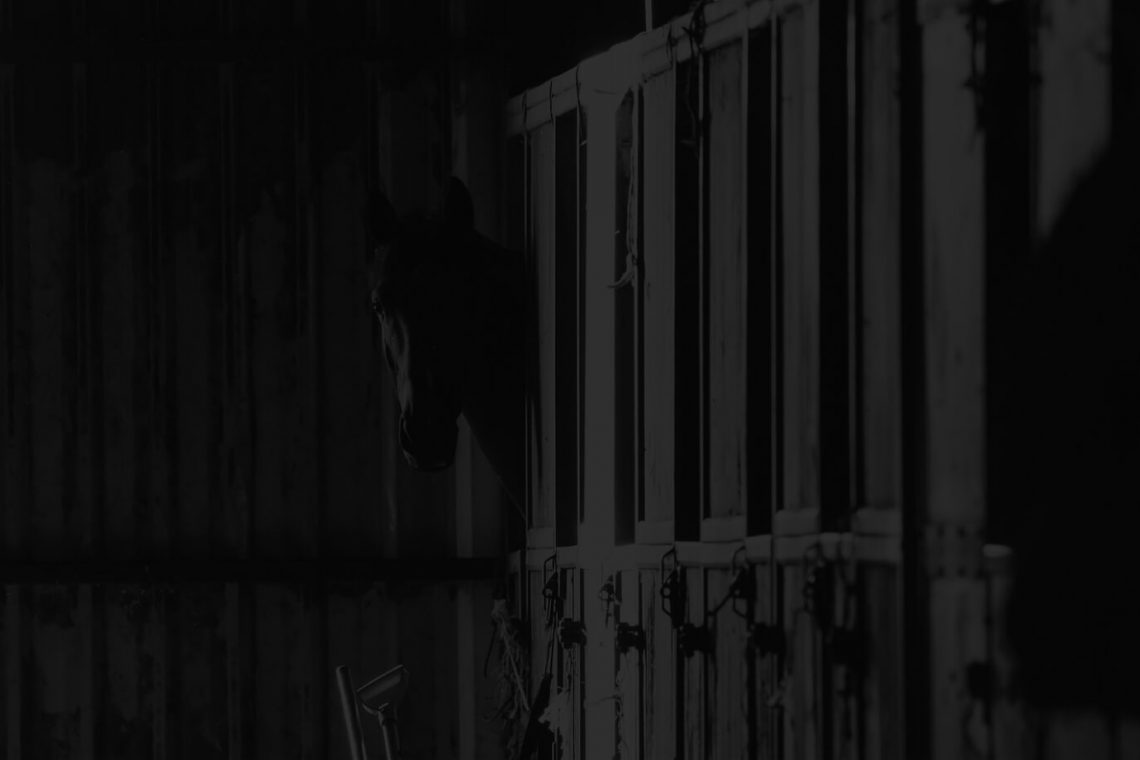International Journal of Sports Medicine 26: 859-867.
Cottin, F., Médigue, C., Lopes, P., Petit, E., Papelier, Y. and Billat, V.L., 2005.
Abstract
RR intervals of ten elite trotting horses were recorded during an interval training session performed on track. This study examined two hypotheses. Firstly, like in humans, the hyperpnea combined with a decrease in cardiac autonomic control on heart rate during heavy exercise could result in a prevalence of high frequency heart rate variability. Secondly, this prevalence could increase with the heavy exercise repetition. Two exercise intensities were compared: moderate (ME) and heavy (HE). Furthermore, heavy exercise repetitions were compared between the beginning and the end of the interval training session. When comparing ME and HE periods: heart rate was significantly lower (155 ± 12 vs. 210 ± 9 ms, p < 0.001), LF spectral energy (0.04 – 0.2 Hz) was significantly higher (ME: 6.94 ± 4.80 and HE: 0.24 ± 0.14 ms² · Hz-1, p < 0.001) whereas HF (0.2 – 2 Hz) was significantly lower (ME: 7.09 ± 2.24 and HE: 10.60 ± 3.64 ms² · Hz-1, p < 0.05). In relative terms, ME showed similar results in both LFn (LF/LF+HF) and HFn (HF/LF+HF) whereas HE showed a large prevalence of HFn energy compared to LFn (p < 0.001). The difference in LF/HF ratio between the two exercise conditions was significant (1.14 ± 0.92 vs. 0.09 ± 0.12, p < 0.001). Exercise repetition induced a significant increase in heart rate between the beginning and the end of the interval training session (207 ± 10 beats · min-1 vs. 212 ± 9 beats · min-1, p < 0.001) whereas LF energy decreases (1.54 ± 1.65 vs. 0.32 ± 0.24 ms² · Hz-1, p < 0.01) and HF energy remained constant (10.79 ± 4.10 vs. 10.40 ± 3.35 ms² · Hz-1, NS). This study confirmed the results observed in humans during heavy exercise conditions with a large prevalence of HF in contrast to LF, this prevalence increasing with exercise repetitions. The observed decrease in LF/HF ratio could provide an index of hyperpnea in horses during interval training.

